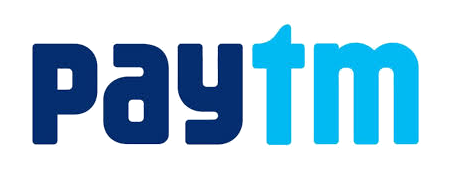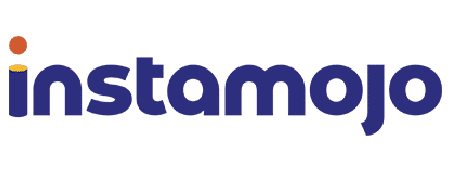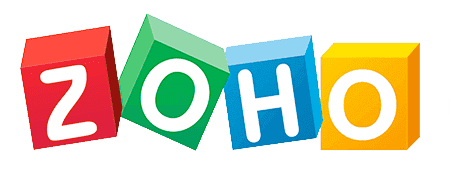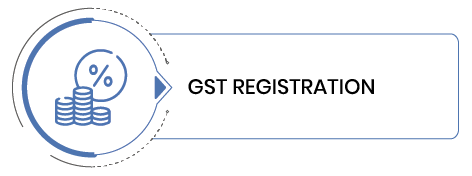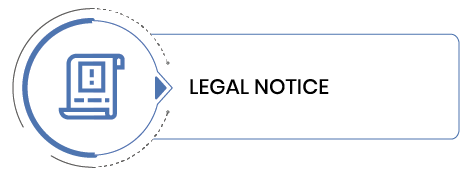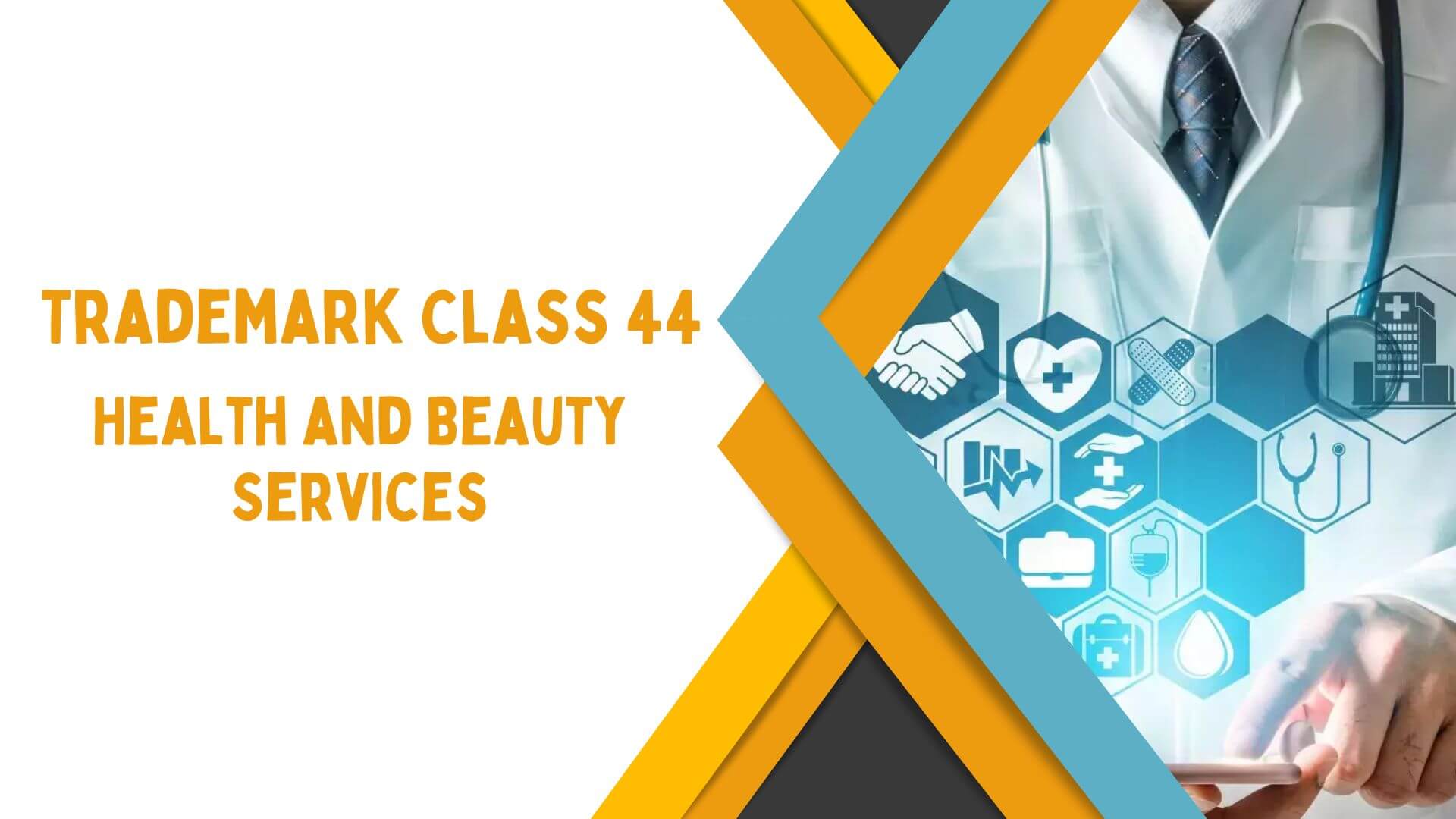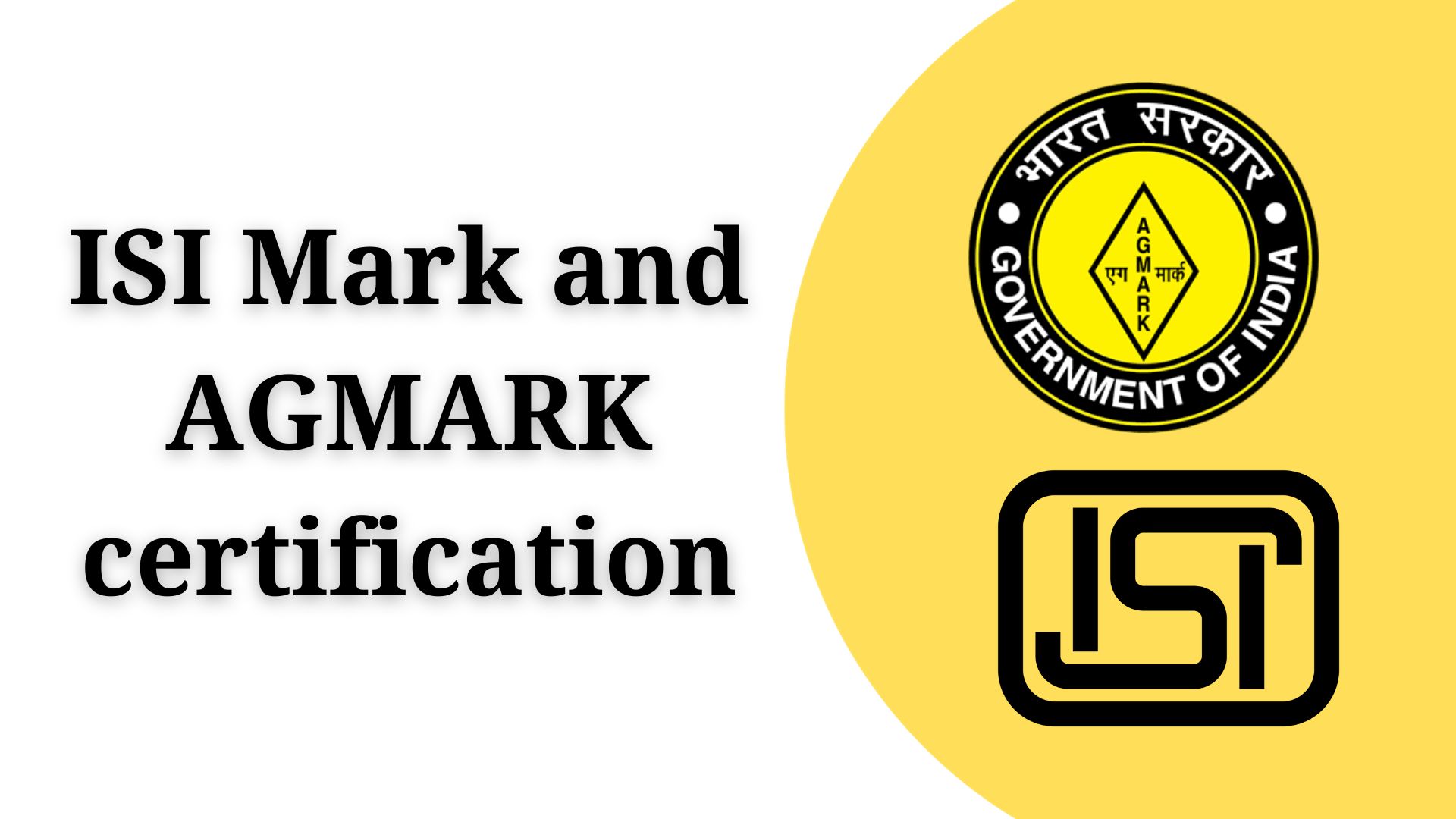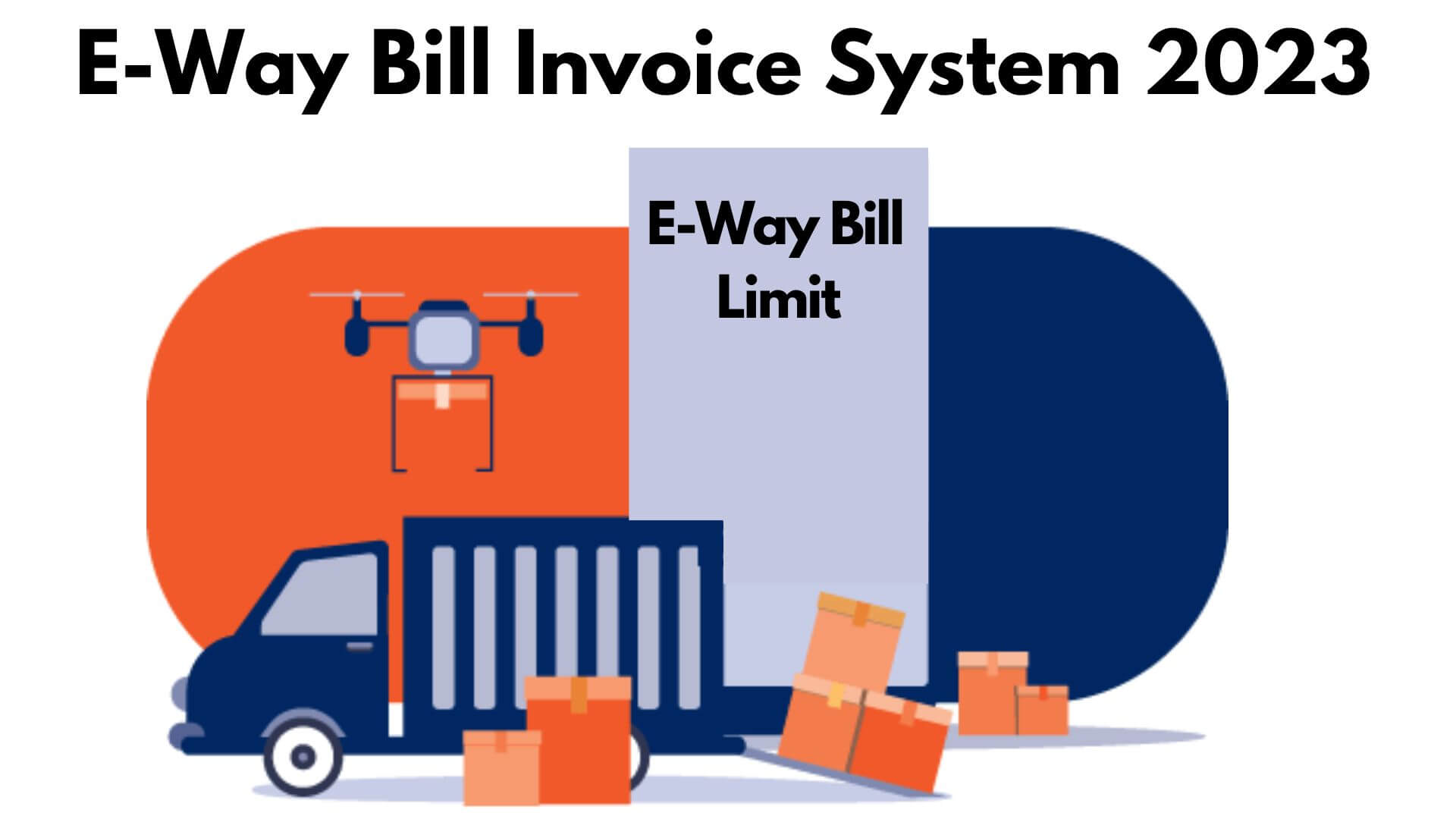2015
Customer is the king, and let your business be the preferred choice of their highness. How to make that a reality and make your business grow exponentially? The answer is simple, by gaining trust. The best way to portray the worthiness of the business and the efficiency of the product or services and showcase you possess quality on par with the market.
- Expert assistance
- Complete online Process
- End To End Compliances solutions
- Track Application Status
How to it Works?

An Overview of ISO 9001 2015
ISO 9001 2015 is an international standard for maintaining, creating and implementing a Quality Management System (QMS). ISO 9001 2015 was first introduced in september 2015 and is already the most widely adopted standard in the history standards. It draws a framework for improving the quality and understanding of language for any company or organization to constantly provide goods and services to meet the expectations and needs of customers and other applicable interested parties in the most effective manner. A quality management system is the set of all resources, cultural values, processes and assets that support the goal of customer satisfaction and organizational efficiency.
ISO 9001 2015 does not dictate what the objectives of a company or organization should be or how to achieve them. In simple words, it does not tell a company or organization how to run its business, This standard defines control principles that can be used to create efficiencies by integrating and aligning processes throughout the organization, meeting regulatory requirements and helping organizations expand into new markets where customer ISO demands certification.
What is the Fundamental Mission of ISO?
- The Basic mission of ISO is to provide common specifications, standards, terms and units of measurement to organizations around the world.
- ISO does not provide certification or conformity assessment. Rather, it facilitates international trade and innovation so that every organization in every sector around the world has common language and common expectations for everything from manufacturing and technology to food security, agriculture and healthcare.
ISO, Mission is Built On the Following Core Initiatives For Its Members:
- Securing the efficient operation of their organization while managing finances
- Increase adherence to GSP (Good Standardization Practice) among standards experts in each organization and evaluate all processes to ascertain their alignment with the technical Barriers to World Trade Organization (WTO) trade agreements (TBTs);
- Strengthen the link between public policy and standardization by providing thought leadership and promoting awareness of best practices;
- Risk & Sustainability
- Ensuring collaboration with or participation of key stakeholders in all standardization projects.
Why is iso 9001 Certification Essential?
-Required.png)
What is QMS?
A QMS or Quality Management system is defined as a set of interrelated or interacting elements to formulate policies, objectives and procedures to achieve those objectives with respect to quality. A quality Management System is part of an overall management system based on a business risk approach to operating monitoring, establishing, reviewing, implementing,maintaining and improving quality. ISO 9001 2015 specifies requirements to implement, monitor, maintain, establish, plan, operate and continuously improve a documented management system used to manage quality. The requirements under ISO 9001 2015 are flexible, standard and useful for all types of organizations.Therefore, this standard is aligned and united with other management systems such as business continuity management, energy management and other management systems due to their similar structure.
The Standardization of Quality Management Evolves With ISO 9001 2015 by Adding:
- Greater importance on process approaches, Monitoring performance and metrics, and risk management;
- Attention interested parties;
- Analysis of the context of the organization needed to ensure quality improvement.
ISO 9001:2015 Clauses
Following Are Some Important Clauses Of ISO 9001 2015:
-
Clause 1: Scope - The Section defines the scope of the scope of this standard includes specifying the requirements for the quality management system of any organization
-
Clause 2: Normative references - The supporting standard referred to in this standard referred to in this standard mandatory for its application is ISO 9001:2015 which covers fundamentals & terminology
-
Clause 3: Terms & Definitions - The terminology used throughout this standard comes directly from ISO 9000:2015, QMS - Terminology and Fundamentals
-
Clause 4: Context Of the Organization - When you are implementing a quality manual system, the first step is to align your business objectives and intent with those of the QMS. Know external and internal issues, needs and expectations of interested parties, QMS scope and its processes.
-
Clause 5: Leadership - The section covers leadership responsibilities. Top management must demonstrate, establish and communicate a quality policy and ensure that responsibilities and authorities are communicated, assigned and understood.
-
Clause 6: Planning for the QMS - This clause covers organizational OMS planning to address organizational risks, changes, opportunities and quality objectives.
-
Clause 7: Support - This clause of ISO 9001 2105 covers the resources required for a quality management system, such as enabling and aware employees, providing resources, and including documented descriptions to support your QMS.
-
Clause 8: operation - This clause covers the control and planning processes necessary to meet the needs of goods and services (such as production and service provision, design and development, release of goods and services, external providers, etc.).
-
Clause 9: Performance Evaluation Clause - The ISO 9001 needs your organization's Quality Management System to measure, analyze, monitor and evaluate your QMS.
-
Clause 10: Improvement - This clause of ISO 9001 2105 covers continuous improvement Select opportunities for improvement, take action against nonconformities, take corrective action as needed and continually improve your quality management system.
If you want to be ISO 9001:2005 compliant, you will need to submit some important documents:
- Scope of QMS;
- Quality Objectives;
- Quality policy;
- Criteria for evaluation and selection of suppliers.
Following are Some Mandatory Records:
-
Records of skills, experience, qualifications and training;
-
Record of non-conforming outputs;
-
Product or service requirements review records;
-
Characteristic of product to be produced & services to be provided;
-
Records about customer property;
-
Internal audit program;
-
Results of the management review;
-
Results of corrective actions;
-
Monitoring & measurement review;
-
Results of the management review;
-
Record of conformity of product/service with acceptance criteria
-
Production or service provision change control records;
Following are the other records That Are Only Mandatory When The Relevant Clause Is Not Excluded:
-
Monitoring & measuring equipment calibration records;
-
Records of design & development outputs;
-
Records of design & development inputs;
-
Records of design & development controls;
-
Records of design & development outputs review;
-
Design & development charge records.
Non-Mandatory Documents for the Implementation of ISO 9001
There are several non-mandatory documents that can be used for the implementation of ISO 9001. However, the following are some of the non-mandatory documents that are most commonly used.
-
Procedure for addressing risks & opportunities;
-
Sales Procedure;
-
Procedure for Internal Audit;
-
Procedure for design & development;
-
Procedure for measuring equipment and equipment maintenance;
-
Warehousing procedure;
-
Procedure for document & record control;
-
Procedure for competence, training & awareness;
-
Procedure for determining the context of the organization & interested parties;
-
Procedure for production & service provision;
-
Procedure for management of non - conformities & corrective actions;
-
Procedure monitoring customer satisfaction.
Procedure for a Company to get ISO 9001 certified
To certify a company QMS, you must first complete the implementation. After you’ve completed all of your documentation and put your processes in place, Your processes in place, Your company also needs to take the following steps to ensure a successful certification
-
Internal Audit: This is for you to check your QMS processes. The goal is to verify that records exist to confirm compliance with procedures and to find problems and vulnerabilities that would otherwise be hidden.
-
Management Review: A review by your management to evaluate facts about management system processes to make appropriate decisions and allocate resources.
-
Corrective Actions: After an internal audit and management review, you need to document the root cause of any identified problems and how to resolve them.
The company Certification Process Is Further Diving Into 2 Different Stages:
-
Stage 1 (Documentation Review) :
The auditors from your chosen certification body will check to confirm your documents meet the ISO 9001 2015 requirements.
-
Stage 2 (Main Audit) :
In this stage, the certification body auditors will check whether your activities are observed with both ISO 9001 & your documentation by checking documents, company practices & records.
-
Legaltax Support for ISO 9001 2015
- Purchase a plan for Expert Assistance
- Add queries Regarding ISO 9001 2015
- Provide required Documents to Legaltax Expert
- Complete all Procedural Actions
- Get your work done!
Click this to get a quick online ISO certification legaltax.in


Fill Up Application Form

Make Online Payment

Executive will Process Application

Get Confirmation on Mail
What Our Clients Say
associated with

